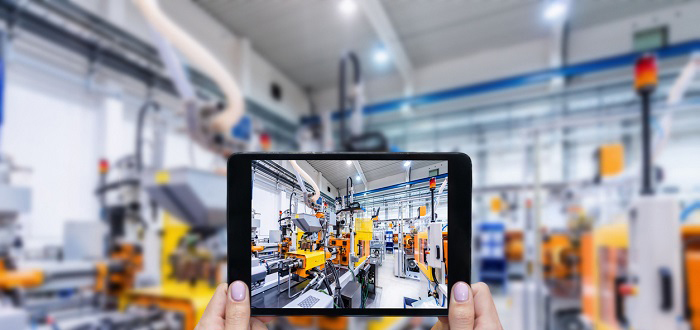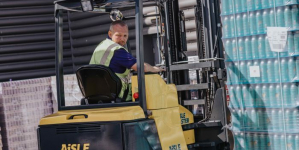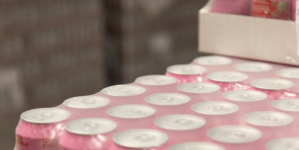-
POSTRACK LAUNCHES ASSET TRACKING BUSINESS IN THE UK TO TARGET LOGISTICS AND ROAD TRANSPORT SECTOR - 2 hours ago
-
SURECAM TO DISCUSS POTENTIAL AI VIDEO TELEMATICS PITFALLS AT FESTIVAL OF FLEET TECHNOLOGY - 1 day ago
-
Loadhog Announces Grand Opening of New Factory in Obernai, France - October 6, 2025
-
Prism eLogistics ‘Toasts the future’ with HMRC Duty Suspense Authorisation - October 2, 2025
-
BCMPA Members Quench Demand for Functional and Wellness Drinks - October 2, 2025
-
Combilift Re-Qualifies for Deloitte Best Managed Companies Award – 13 Years of Excellence - October 1, 2025
-
New Industrial Research Shows Demand for Bespoke Design Solutions to Combat Warehouse Bottlenecks in Peak - September 30, 2025
-
Launch of new brand “AntOn by Jungheinrich” - September 30, 2025
-
Combilift’s 100,000th Forklift on a European Tour: Enter to Win & Support a Life-Changing Cause! - September 30, 2025
-
Mstack launches Chemstack AI – a revolutionary AI-led R&D platform; achieves 10x revenue growth as chemical industry faces supply chain crisis - September 25, 2025
Here’s Why You Should Recycle These Electronics (and How)
Have you ever just tossed an old printer or an outdated smart phone into the trash? If you did, you’ve been making a waste stream mistake—and maybe you haven’t even realized it. All of those electronics are piling up in our landfills, to the tune of almost 12 million tons every year. It’s an increasing problem in the United States, and we’re only recycling a small percentage of it.
All of that recycling—even though electronics are small—adds up. Take batteries, for example. If you don’t dispose of them properly, heavy metals may leach out and end up in the water supply or the soil.
There are lots of different options for recycling those electronics. Some municipalities have drop-off sites. Sometimes you can mail things for recycling. Whatever you do, it’s important—and this graphic helps explain it in more depth.
Click to Enlarge Image
























